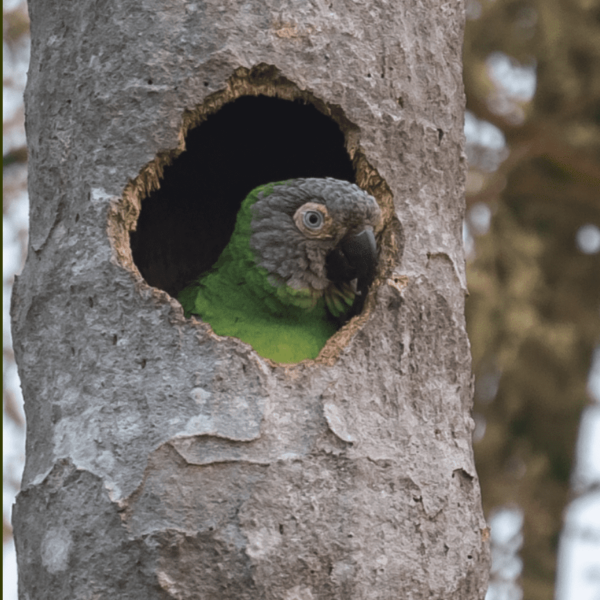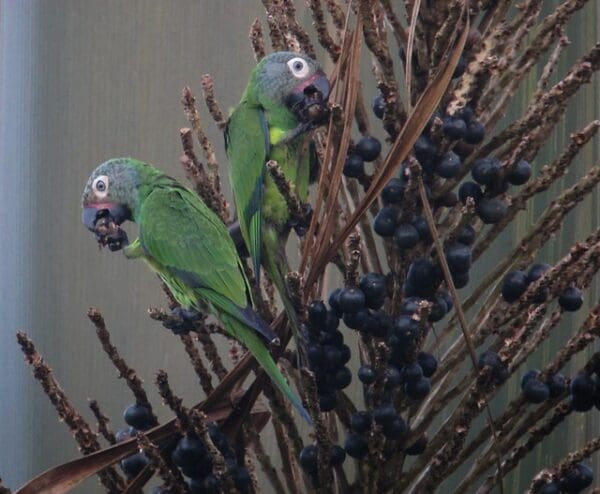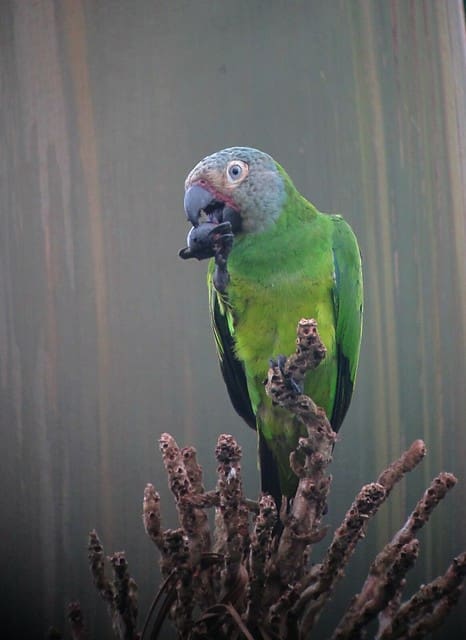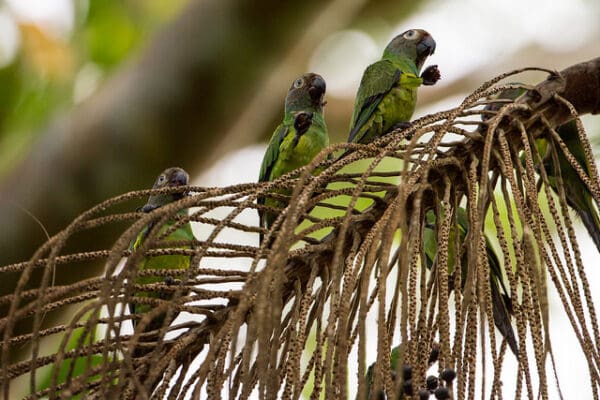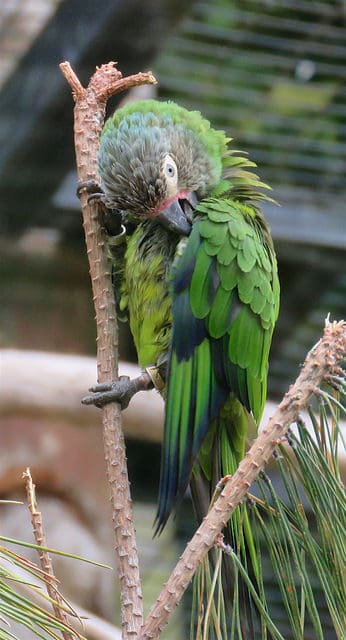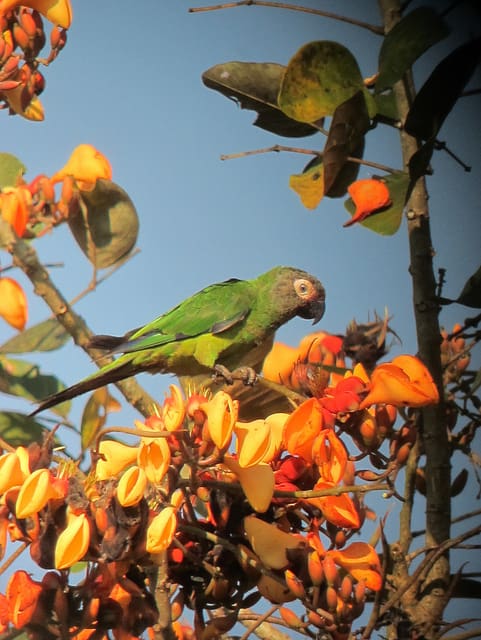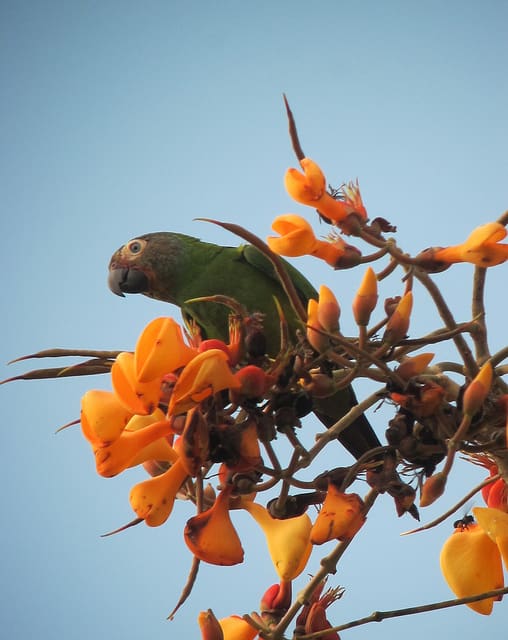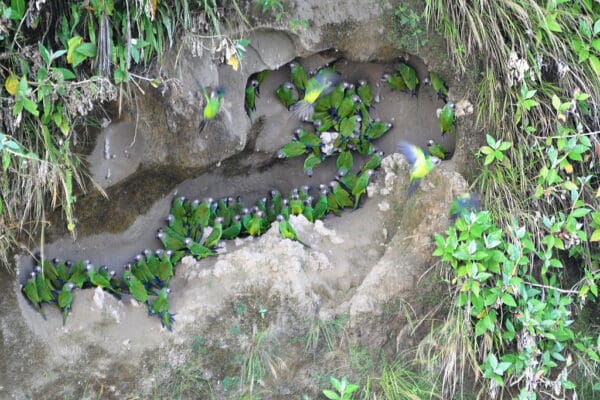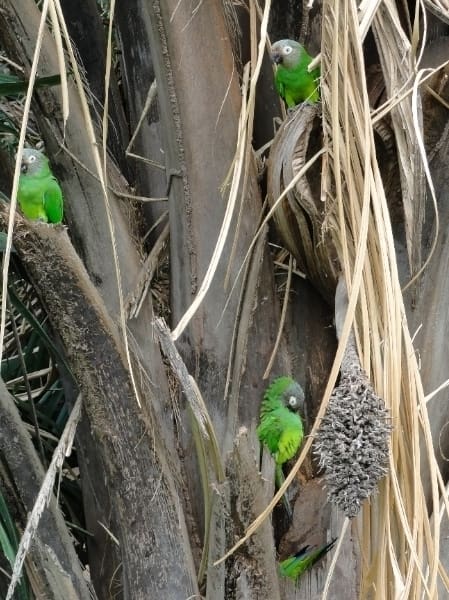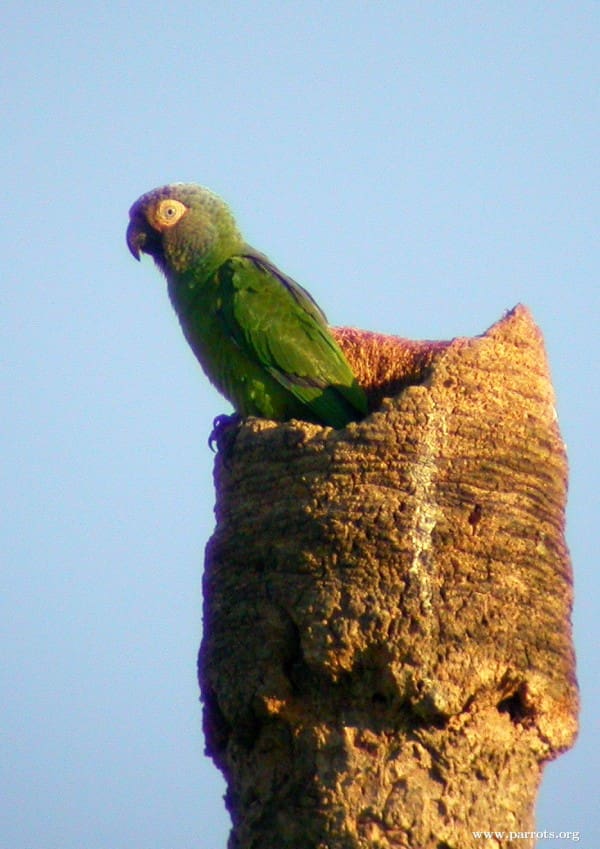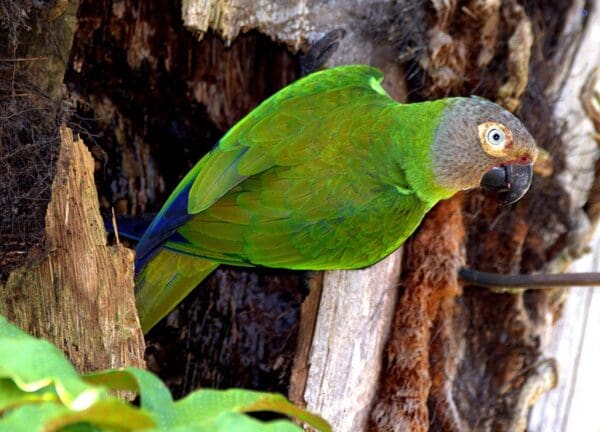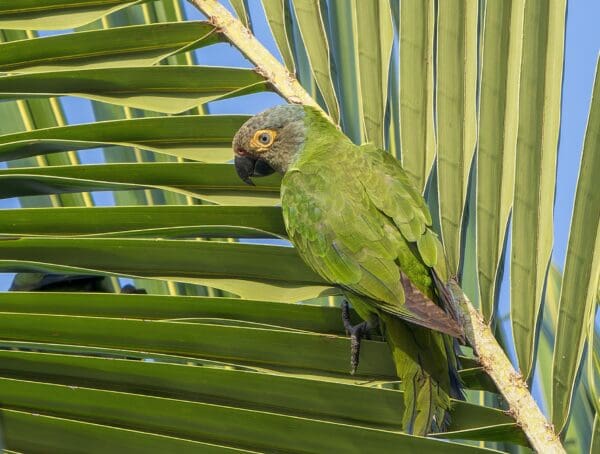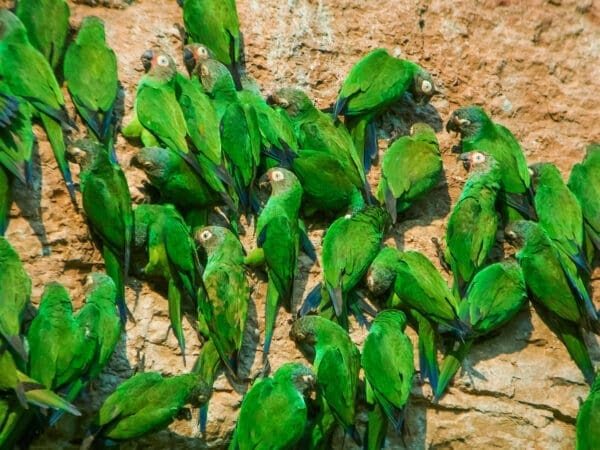Dusky-headed Conure
Also known as:
Dusky-headed Parakeet, Weddell's Conure, Dusky Conure
Also known as:
Dusky-headed Parakeet, Weddell's Conure, Dusky Conure
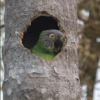
![© Félix Uribe [CC BY-SA 2.0] via Flickr Wild Dusky-headed Conures feed on fruits](https://gt2024.parrots.org/wp-content/uploads/2023/01/wpt_Dusky-headed-Conure_1321-22-100x100.jpg)
![© Felix Uribe [CC BY-SA 2.0] via Flickr A wild Dusky-headed Conure feeds on fruit](https://gt2024.parrots.org/wp-content/uploads/2023/01/wpt_Dusky-headed-Conure_1321-21-100x100.jpg)
![© Gregoire Dubois [CC BY-SA 2.0] via Flickr Wild Dusky-headed Conures feed on fruit](https://gt2024.parrots.org/wp-content/uploads/2023/01/wpt_Dusky-headed-Conure_1321-20-100x100.jpg)
![© Florin Feneru [CC BY-SA 2.0] via Flickr A Dusky-headed Conure preens itself](https://gt2024.parrots.org/wp-content/uploads/2023/01/wpt_Dusky-headed-Conure_1321-19-100x100.jpg)
![© Félix Uribe [CC BY-SA 2.0] via Flickr A wild Dusky-headed Conure perches in a flowering tree](https://gt2024.parrots.org/wp-content/uploads/2023/01/wpt_Dusky-headed-Conure_1321-18-100x100.jpg)
![© Felix Uribe [CC BY-SA 2.0] via Flickr A wild Dusky-headed Conure perches in a flowering tree](https://gt2024.parrots.org/wp-content/uploads/2023/01/wpt_Dusky-headed-Conure_1321-17-100x100.jpg)
![© Don Faulkner (Dusky-headed Parakeet) [CC BY-SA 2.0] via Wikimedia Commons Wild Dusky-headed Conures gather at a clay lick](https://gt2024.parrots.org/wp-content/uploads/2023/01/wpt_Dusky-headed-Conure_1321-15-100x100.jpg)

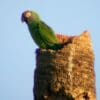

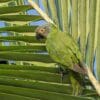
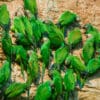
DID YOU KNOW?
The Dusky-headed Conure will nest in a variety of places such as old woodpecker and arboreal termite nests.

Aratinga

weddellii
Size:
28 cm (11 in)
Weight:
95-115 g (3.3-4 oz)
Subspecies including nominate:
one
Colour Adult:
Both adults in general green with yellow/green underparts; brown/grey head, the feathers dull grey/blue at tips; tail green with wide blue tip. Beak black. Eye ring bare and white. Eye pale yellow.
Colour Juvenile:
As in adults but head more green and less grey; darker green underparts, with less yellow. Eye ring narrower. Eye brown.
Call:
Calls usually four or five notes in a continuous shriek when produced at the same time from members of flock.
More Information:
Content Sources:
CITES
BirdLife International
Cornell Lab of Ornithology/Birds of the World
A Guide to Parrots of the World, Juniper and Parr, 1998
Parrots of the World, Forshaw, 2006. 2010 edition
Lexicon of Parrots, Thomas Arndt.
Parrots in Aviculture, Low, 1992.
Captive Status:
Uncommon in captivity.
Longevity:
20 yrs
Housing:
Aviary or suspended enclosure, minimum length 2 m (6.5 ft).
Diet:
Fruit such as: apple, pear, orange, cactus fruits, banana, pomegranate, forming about 30 percent of the diet; vegetables such as: carrot, celery, green beans and peas in the pod; fresh corn; green leaves such as: Swiss chard, lettuce, sowthistle, dandelion, chickweed; spray millet; small seed mix such as: millet, canary, and smaller amounts of safflower, oats, buckwheat; soaked and sprouted sunflower seed; cooked beans or pulses, boiled maize, and complete kibble.
Enrichment:
Bird safe chew toys such as branches, twigs and toys made of pine blocks; vegetable tanned leather chew toys and pine cones. Provide bowl for bathing.
Nest Box Size:
Vertical box 10″ x 10″ x 18″ (25.4 cm x 25.4 cm x 46 cm)
Clutch Size:
3-4 eggs
Fledging Age:
8-9 weeks
Hatch Weight:
—
Peak Weight:
—
Weaning Weight:
—
World Population:
Unknown but reported as common, decreasing.
IUCN Red List Status:
Least Concern
CITES Listing:
Appendix II
Threat Summary:
This species is common in most of its range, even with increasingly degraded and settled areas. Traded in moderate numbers with 17,195 exported by Bolivia from 1980–1983, but currently banned from export in all range states.
Range:
Found in SE Colombia, east of Andes and south from Caqueta and Vaupes, E Ecuador and E Peru to NW Brazil, in W Amazonas south to NW Mato Grosso, and N Bolivia, south to Cochabamba. Introduced to Miami, Florida.
Habitat:
Found up to 900 m (2952 ft) in lowland, mainly water-associated forest. Occurs in varzea and floodplain forest and tall growth in swamps. Found also in forest remnants in humid savanna and cleared areas with patches of trees.
Wild Diet:
Feeds on fruits of palms Goupia glabra, Inga edulis, Mimosa; blossoms and species such as Erythrina and Dioclea glabra. Also insects and their larvae.
Ecology and Behaviour:
Seen in pairs or small groups but also in flocks of up to 75 where food abundant. Will search rotting branches and stumps for insects. Visits exposed clay banks.
Clutch and Egg Size:
3-4 eggs.
Breeding Season:
June-August throughout range. Nest is in tree trunk or arboreal termitarium.
Related Links:
—
